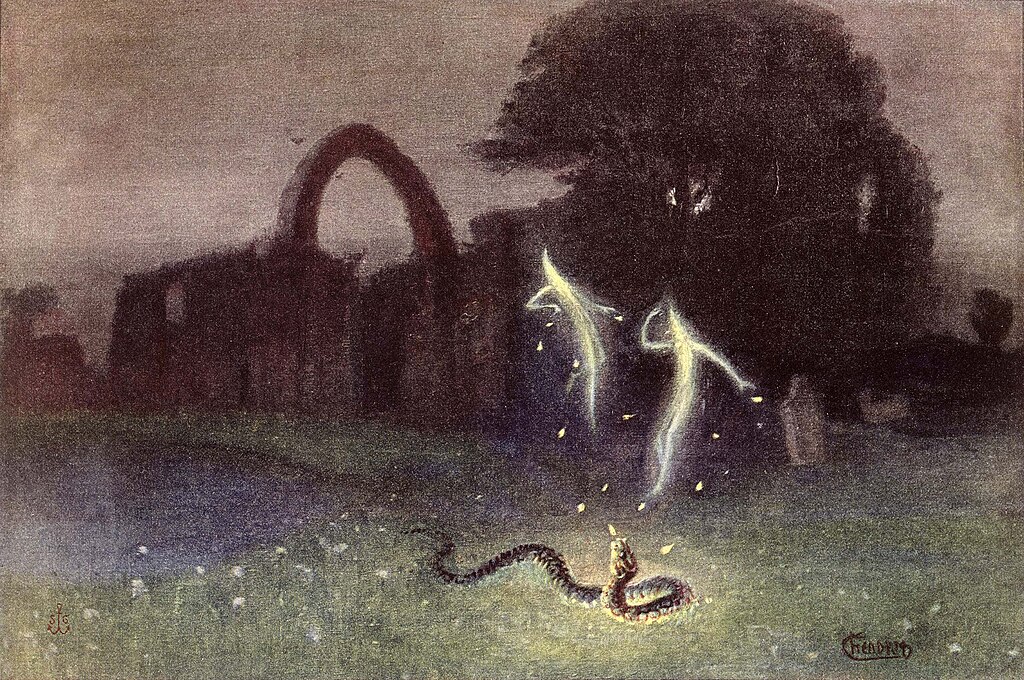Ghostly Marsh Flames Might Be Just Methane Sparks
Others are reading now
For centuries, people have reported strange, flickering lights over marshes and cemeteries. In folklore, these lights were called “will-o’-the-wisp” in Britain or “lygtemænd” in Scandinavia.
Some believed the lights were spirits of unbaptized children, dancing over the landscape. Different cultures have similar stories.
Could Be Methane Gas
Now, scientists have studied these mysterious blue flames and may have found a natural explanation, explains Videnskab. The research was published in the journal PNAS.
Audun Buene, a chemistry lecturer at Norway’s NTNU, says the study offers a convincing explanation, though some questions remain unanswered.
The lights often appear in wet, marshy areas. Researchers think methane gas may play a key role. Methane is produced when bacteria break down plants and animals in waterlogged soil.
Also read
The gas bubbles to the surface and is highly flammable. The question is, how does it ignite?
The new study suggests electricity could be involved. Tiny bubbles of gas in water can carry different electrical charges.
When positively and negatively charged bubbles come close, small sparks, called micro-lightning, can form. Researchers tested this idea by creating tiny bubbles in tanks. The sparks they observed had enough energy to ignite the methane, creating a small, cool blue flame.
Like A Lighter
Buene compares it to a lighter: a tiny spark triggers combustion. This could explain the eerie blue flames people have seen for centuries.
Some uncertainties remain. In nature, methane rises into the air, not just inside water. Buene notes that bubbles in air may behave differently than in water.
Also read
He suggests that tiny water droplets suspended in the air could help generate sparks, igniting the methane above the marsh.
The phenomenon is interesting beyond folklore. These micro-lightning sparks can trigger chemical reactions without living organisms. Researchers believe similar processes could have happened billions of years ago.
Small sparks between water droplets may have helped form organic compounds, the building blocks of life. This mechanism could explain how life’s essential molecules appeared on early Earth, long before microorganisms existed.
The study connects a centuries-old ghost story to modern chemistry and the origins of life. What once seemed supernatural may have a simple, natural explanation.
At the same time, it shows how electrical charges in tiny droplets can start chemical reactions, a process that shaped the very beginnings of life.


